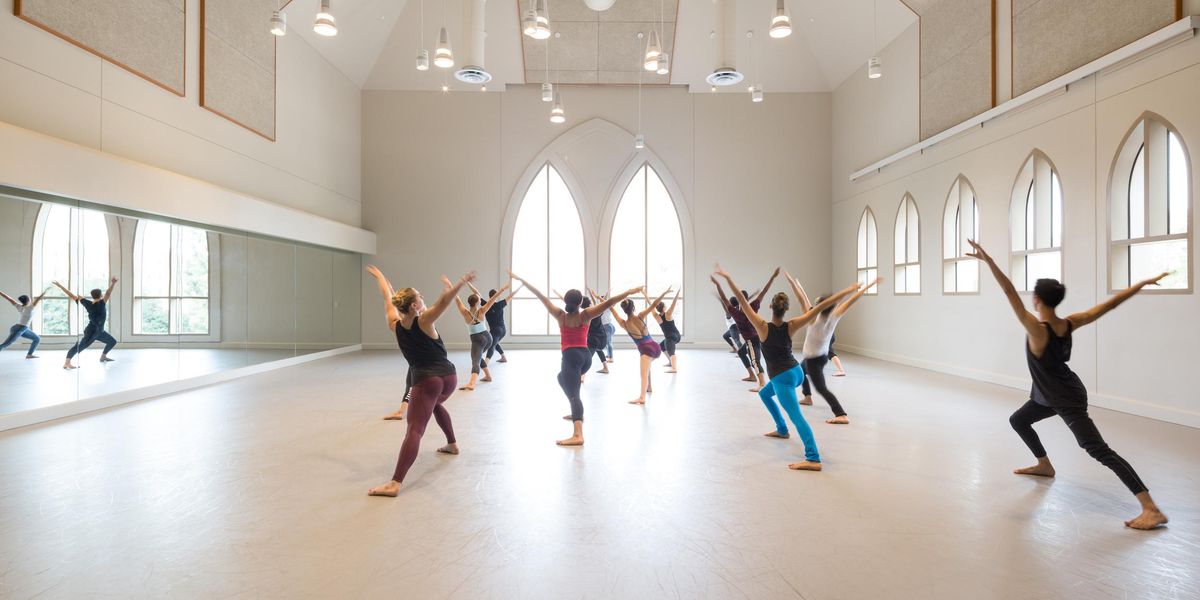The Latest: Under NYC's Shadow
Opportunity meets struggle in New Jersey’s dance scene.
Hanan Misko and Xiao-Xuan Yang Dancigers of Nimbus Dance Works. Photo by PeiJu Chien-Pott, Courtesy Nimbus.
Most consider New York City the nation’s dance capital. But just across the Hudson River lies a great wealth of dance that is often forgotten. “I think the reputation of New Jersey’s dance scene and its caliber of dance has grown. It’s stronger than it has been in the past,” says Lisa Grimes, executive director of Dance New Jersey, the state’s consortium of dance organizations, which boasts a membership of 30 companies and 200 individual artists, including Carolyn Dorfman Dance Company, Nai-Ni Chen Dance Company, Nimbus Dance Works and Roxey Ballet Company.
But there are challenges unique to dance in New Jersey. Unlike most states, it doesn’t have a dance epicenter—a major city or university—to serve as a primary home for its dance scene. And because of New Jersey’s proximity to NYC and Philadelphia, audiences and donors tend to be attracted to those cities’ larger and more well-known theaters. “There isn’t a real regional scene in that sense,” says Douglas Martin, artistic director of Princeton-based American Repertory Ballet. “Most of the companies out here don’t have a home theater like a traditional regional company. We have to do more publicity to get people to realize that performances are happening.” Regional venues like New Jersey Performing Arts Center, the McCarter Theatre in Princeton and the Alexander Kasser Theater at Montclair State University mostly present internationally recognized companies and very few local artists.
Still, there are benefits for choreographers who choose to live in New Jersey, like access to talented dancers in neighboring cities. Strong university dance programs, including Rutgers University’s Mason Gross School of the Arts and Montclair State University, give artists a place to teach and set work. (Even so, rental space is limited, forcing a lot of choreographers to commute to Manhattan for company rehearsals.) There’s also major support in funding regional dance. The Geraldine R. Dodge Foundation and New Jersey State Council on the Arts, for instance, offer grants and fellowships only open to New Jersey artists. Dodge awarded $450,000 to 16 dance-specific organizations in 2014; the State Council has given $460,000 to 12 for 2015.
“I see pluses and minuses to working in New Jersey,” says Randy James, artistic director of all-male troupe 10 Hairy Legs. “There is still this thing of ‘Oh, you’re from around here?’ It’s the thinking that homegrown isn’t very good. But we’re starting to see that change.”




